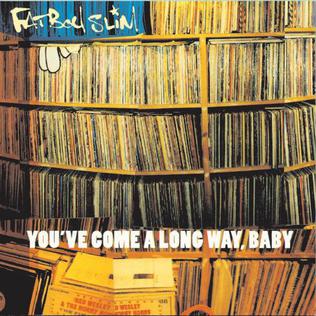In the vast and ever-evolving landscape of popular music, few bands have left an indelible mark quite like Talking Heads. Hailing from the vibrant streets of New York City, this innovative quartet carved out a unique sonic identity that defied conventions and pushed the boundaries of what rock music could be.
Led by the charismatic and visionary David Byrne, Talking Heads burst onto the scene with a raw, eclectic sound that seamlessly blended elements of punk, funk, and global music. Their debut album, Talking Heads: 77, introduced listeners to a refreshingly different approach, with tracks like “Psycho Killer” showcasing their penchant for unconventional rhythms and lyrics.
As their popularity grew, Talking Heads continued to evolve, exploring new sonic territories and challenging traditional songwriting structures. Their collaborations with producer Brian Eno yielded groundbreaking albums like Remain in Light and Fear of Music, which incorporated African rhythms, experimental textures, and avant-garde sensibilities into their sound. The 1983 album Speaking in Tongues further cemented their status as musical innovators, with the hit single “Burning Down the House” becoming an instant classic.
But Talking Heads’ influence extended far beyond their musical output. Their live performances were nothing short of captivating, with Byrne’s iconic jerky dance moves and the band’s infectious energy captivating audiences worldwide. Their music videos, directed by acclaimed filmmakers including Jonathan Demme, Jim Jarmusch, and Wim Wenders, plus Toni Basil and David Byrne himself, were visual masterpieces that redefined the art form. Additionally, the band members’ creative pursuits outside of Talking Heads, such as Tom Tom Club’s funky explorations, showcased their versatility and dedication to pushing artistic boundaries.
Moreover, Talking Heads’ impact can be felt across genres and generations. Their unique blend of art-rock, funk, and world music paved the way for countless artists who followed, inspiring a new wave of musical experimentation and genre-blending. From alternative rock to electronic music, the band’s influence can be traced in the works of countless contemporary artists.
In a world where trends come and go, Talking Heads’ enduring legacy remains a testament to their artistic vision and unwavering dedication to pushing the boundaries of popular music. Their melodies and rhythms continue to resonate with listeners, serving as a reminder that true art transcends time and never grows old.
Follow Tunes Du Jour on Facebook
Follow Tunes Du Jour on Twitter
Follow me on Instagram




